

Articles
How To Store Sprouted Potatoes For Planting
Modified: September 1, 2024
Learn how to properly store sprouted potatoes for planting in this informative article. Find useful tips and techniques to ensure successful potato growth.
(Many of the links in this article redirect to a specific reviewed product. Your purchase of these products through affiliate links helps to generate commission for Storables.com, at no extra cost. Learn more)
Introduction
Sprouted potatoes are not only delicious but they can also be a great source of fresh produce for your garden. By storing and planting sprouted potatoes, you can grow your own crops without the need to buy new seeds or seedlings. Not only does this save you money, but it also allows you to have complete control over the quality and variety of potatoes you grow. Whether you are an experienced gardener or a beginner, storing sprouted potatoes for planting can be a rewarding and satisfying experience.
In this article, we will explore the reasons why you should consider storing sprouted potatoes for planting, as well as the benefits that come with this practice. We will also provide you with a step-by-step guide on choosing the right sprouted potatoes, preparing them for storage, storing them properly, and monitoring them during storage. Lastly, we will discuss how to prepare the stored sprouted potatoes for planting to ensure their successful growth.
So, if you are ready to take your gardening skills to the next level and enjoy the satisfaction of growing your own potatoes, let’s get started!
Key Takeaways:
- Storing sprouted potatoes for planting offers economic savings, varietal control, and sustainable gardening. Follow proper storage and preparation steps to ensure a successful potato-growing journey.
- By waking up dormant sprouts and promoting further growth, you set the stage for healthy and productive potato plants. Enjoy the process of nurturing and growing your own delicious homegrown potatoes.
Read more: How To Store Potatoes Without Sprouting
Why Store Sprouted Potatoes for Planting
There are several compelling reasons why you should consider storing sprouted potatoes for planting in your garden. Here are a few key benefits:
- Economic Savings: By storing and planting sprouted potatoes, you can save money on buying new potato seeds or seedlings. Potatoes are a staple crop for many households, and the cost of purchasing seeds or seedlings can add up over time. By reusing sprouted potatoes from your own stock, you eliminate the need to spend extra money on new plants.
- Varietal Control: When you store and plant sprouted potatoes from your own garden, you have complete control over the varieties you grow. This allows you to experiment with different types of potatoes and choose the ones that thrive best in your local growing conditions.
- Quality Assurance: By storing sprouted potatoes, you can ensure the quality of your planting material. Potatoes that have been stored properly are less likely to carry diseases or pests, which can be a common concern with purchased seed potatoes.
- Sustainable Gardening: Storing and planting sprouted potatoes is a sustainable gardening practice. By reusing your own potatoes, you reduce waste and promote a more environmentally friendly approach to gardening.
- Availability and Convenience: When you store sprouted potatoes, you always have a readily available source of planting material at hand. You don’t have to rely on purchasing seed potatoes from external sources, which may sometimes be limited in variety or availability.
By taking advantage of the benefits that come with storing sprouted potatoes for planting, you can enjoy a cost-effective, sustainable, and flexible approach to growing your own potatoes. It’s time to harness the power of sprouted potatoes and elevate your gardening journey!
Benefits of Storing Sprouted Potatoes for Planting
Choosing the right sprouted potatoes is a crucial step in the process of storing and planting. Here are some benefits of selecting the right sprouted potatoes:
- Health and Vigor: When selecting sprouted potatoes for storage, it is important to choose ones that are healthy and robust. Healthy sprouts indicate that the potato is in good condition and has the potential to grow into a strong and productive plant.
- Adaptability: By storing sprouted potatoes from your own garden, you can select varieties that have proven to be well-adapted to your local climate and soil conditions. This increases the chances of a successful yield and reduces the risk of disease or pest problems.
- Better Taste and Texture: Certain potato varieties are known for their exceptional flavor and texture. By selecting sprouted potatoes from these varieties, you can ensure that you will grow delicious potatoes that are suited to your personal taste preferences.
- Preservation of Rare Varieties: Storing and planting sprouted potatoes allows you to preserve and propagate rare or heirloom varieties that may be difficult to find commercially. This helps to conserve biodiversity and protect these unique potato varieties.
- Improved Crop Management: Storing sprouted potatoes allows you to plan and manage your crop rotation effectively. By selecting and storing potatoes from different varieties, you can rotate your potato crops each year, minimizing the risk of soil-borne diseases and pests.
Choosing the right sprouted potatoes for storage ensures that you have a strong foundation for your potato-growing endeavors. It gives you the confidence to know that you are starting with healthy, adapted, and flavorful planting material. So, take the time to select the best sprouted potatoes, and it will pay off with a bountiful and satisfying potato harvest.
Choosing the Right Sprouted Potatoes
When it comes to selecting sprouted potatoes for storage and planting, there are a few key considerations to keep in mind:
- Health and Appearance: Look for sprouted potatoes that have firm, healthy sprouts and no signs of decay or disease. Avoid potatoes with soft or mushy parts, as they may not be viable for planting.
- Variety Selection: Choose potato varieties that are known to grow well in your specific region. Consider factors such as climate, soil type, and growing season length to ensure that the varieties you choose will thrive in your garden.
- Size and Quality: Select medium-sized potatoes that are free from blemishes, bruises, or cuts. Potatoes of uniform size will promote even sprouting and consistent growth.
By carefully choosing the right sprouted potatoes, you set yourself up for success in your potato-growing journey. Remember to prioritize health, adaptability, taste, and crop management as you make your selection. With the right sprouted potatoes in hand, you are ready to move on to the next steps of preparing and storing them for planting.
Selecting Healthy Sprouted Potatoes
When it comes to selecting sprouted potatoes for storage and future planting, it is important to choose ones that are healthy and in optimal condition. Here are some tips for selecting healthy sprouted potatoes:
- Inspect the Sprouts: Look for sprouts that are firm and well-developed. Avoid potatoes with weak or spindly sprouts, as they may indicate poor health or inadequate growing conditions. Healthy sprouts should be a light green color, indicating robust growth.
- Avoid Soft or Moldy Spots: Examine the potatoes closely to ensure that they are free from any soft or moldy spots. These can be signs of rot or fungal growth, which can negatively impact the health of the potato plant.
- Check for Rot or Discoloration: Inspect the skin of the potato for any signs of rot or dark discoloration. Healthy potatoes should have smooth, unblemished skin. Avoid potatoes with soft or spongy areas, as these may be indications of disease or damage.
- Consider the Number of Sprouts: It is generally recommended to choose sprouted potatoes with multiple sprouts rather than just one or two. Multiple sprouts indicate a higher chance of successful growth and a stronger plant.
- Smell the Potatoes: Give the sprouted potatoes a quick sniff. They should have a mild, earthy scent. If there is a strong, unpleasant odor, it may indicate decay or spoilage.
By carefully examining and selecting healthy sprouted potatoes, you ensure that you are starting with the best quality planting material. Healthy sprouts are more likely to grow into vigorous plants that produce a bountiful harvest. Taking the time to choose healthy sprouted potatoes now will contribute to your gardening success in the months to come.
Remember, if you are unsure about the condition or health of a sprouted potato, it is better to err on the side of caution and choose a different one. It is always better to start with healthy and robust sprouted potatoes to maximize your chances of a successful potato-growing experience.
Read more: How To Make Seed Potatoes Sprout
Identifying Suitable Varieties for Planting
When it comes to selecting varieties of sprouted potatoes for planting, it is essential to consider your local climate, soil conditions, and personal preferences. Here are some factors to keep in mind when identifying suitable varieties for planting:
- Climate: Different potato varieties thrive in different climates. Some varieties are better suited for cooler regions, while others are more adapted to warm and humid climates. Consider the average temperature and frost dates in your area to choose varieties that will grow well in your specific conditions.
- Disease Resistance: Certain potato varieties are bred to be resistant to common potato diseases such as late blight, scab, and viruses. Look for varieties that have built-in disease resistance if you have a history of specific diseases in your garden or region.
- Growing Season: Pay attention to the length of your growing season. Early-maturing varieties are suitable for areas with shorter growing seasons, while mid-season or late-maturing varieties are better for regions with longer summers.
- Intended Use: Consider how you plan to use your potatoes. Some varieties are better for boiling, frying, or baking, while others are more suitable for mashing or making potato salads. Choose varieties that align with your culinary preferences.
- Personal Taste: Everyone’s taste preferences differ when it comes to potatoes. Some prefer waxy varieties for their firmness and flavor, while others enjoy the floury texture of starchy potatoes. Take into account your personal taste preferences when selecting potato varieties.
Research different potato varieties and consult with local gardeners or agricultural experts to determine which varieties are well-suited for planting in your specific area. Taking the time to identify suitable varieties based on your climate, disease resistance, growing season, intended use, and personal taste preferences will help ensure a successful and enjoyable potato-growing experience.
Preparing Sprouted Potatoes for Storage
Once you have selected healthy sprouted potatoes for storage and planting, it is important to prepare them properly to maximize their longevity and viability. Here are the key steps to follow:
- Cleaning the Sprouted Potatoes: Gently scrub the potatoes with a vegetable brush or cloth to remove any dirt or debris. This helps prevent the spread of diseases and keeps the potatoes clean during storage.
- Drying the Sprouted Potatoes: After cleaning, allow the potatoes to air dry completely. Place them in a well-ventilated area, away from direct sunlight. Proper drying helps prevent the development of mold or rot during storage.
Ensure that the sprouted potatoes are completely dry before moving on to the next step of storing them. Once adequately dried, you are ready to store the sprouted potatoes in a suitable environment to maintain their quality until it’s time for planting.
Cleaning the Sprouted Potatoes
Before storing sprouted potatoes, it is crucial to ensure that they are clean and free from any dirt, debris, or potential contaminants. Cleaning the sprouted potatoes is a simple yet essential step in the preparation process. Here’s how to clean your sprouted potatoes effectively:
- Gather Your Materials: To clean the sprouted potatoes, you’ll need a vegetable brush or a soft cloth, a basin or sink, and access to clean water.
- Rinse the Potatoes: Place the sprouted potatoes in a basin or sink and rinse them thoroughly under cool running water. This initial rinse helps remove any loose dirt or debris from the surface of the potatoes.
- Scrub with a Vegetable Brush: Take a vegetable brush or a soft cloth and gently scrub the sprouted potatoes. Pay close attention to any areas that may have stubborn dirt or blemishes. Use light pressure to avoid damaging the skin of the potatoes.
- Inspect for Damaged or Decayed Areas: As you clean the potatoes, carefully check for any soft or decayed spots. If you come across any damaged areas, cut them away using a clean knife. Removing damaged portions helps prevent the spread of rot and keeps the potatoes in better condition during storage.
- Rinse Again: Once you have finished scrubbing the sprouted potatoes, give them a final rinse under cool running water. This rinse ensures that any remaining dirt or debris is fully washed away.
- Dry the Potatoes: After rinsing, pat the sprouted potatoes dry with a clean towel or allow them to air dry. It is essential to ensure that the potatoes are completely dry before storing them as excess moisture can lead to rot or mold development.
By properly cleaning your sprouted potatoes, you remove dirt and contaminants, minimizing the risk of disease or decay during storage. Clean potatoes also tend to have a longer shelf life and maintain better quality over time. So take the time to give your sprouted potatoes a thorough cleaning, ensuring that they are ready for storage and planting.
Drying the Sprouted Potatoes
Once you have cleaned the sprouted potatoes, it is crucial to ensure that they are thoroughly dried before storing them. Proper drying helps prevent the development of mold, rot, and other moisture-related issues during storage. Here’s how to effectively dry your sprouted potatoes:
- Air Drying: After cleaning, place the sprouted potatoes in a well-ventilated area to air dry. Avoid using heat sources or direct sunlight, as excessive heat can cause the potatoes to shrivel or sprout further.
- Spacing: Ensure that the sprouted potatoes are spread out in a single layer, without touching each other. This allows for proper airflow and helps the potatoes dry evenly.
- Monitoring: Leave the sprouted potatoes to dry for several days, periodically checking on them. You’ll know they are fully dried when the skin feels dry to the touch and there is no moisture present.
It is essential to ensure that the sprouted potatoes are completely dry before proceeding to the next step of storing them. By taking the time to properly dry the potatoes, you reduce the risk of spoilage and maximize their longevity during storage.
Read more: How To Plant Potatoes In Containers
Storing Sprouted Potatoes
Once your sprouted potatoes have been cleaned and dried, it’s time to store them properly to ensure their quality and viability. Here are the key steps for storing sprouted potatoes:
- Choose the Right Storage Location: Find a cool, dark, and well-ventilated area for storing your sprouted potatoes. Ideal storage locations include basements, cellars, or a cool pantry.
- Select Proper Containers for Storage: Use breathable containers such as burlap bags, paper sacks, or mesh produce bags for storing the sprouted potatoes. These containers allow air circulation, preventing moisture buildup and maintaining the quality of the potatoes.
- Create Optimal Storage Conditions: Maintain a storage temperature of around 45-55°F (7-13°C). Avoid storing potatoes in the refrigerator, as the cold temperatures can convert the potato starches to sugar, resulting in an unpleasant taste. Additionally, keep the humidity levels around 85-90% to prevent the potatoes from drying out.
- Avoid Exposure to Light: Potatoes should be stored in complete darkness to prevent greening. Exposure to light causes the potatoes to produce chlorophyll, which can lead to the formation of solanine, a toxic compound.
- Check Regularly: Periodically inspect the stored potatoes for any signs of decay or disease. Remove any sprouted potatoes that show signs of rot or deterioration to prevent the spread of infection to other potatoes.
By following these steps for storing sprouted potatoes, you can ensure that they stay fresh, healthy, and ready for planting when the time comes. Proper storage conditions play a vital role in maintaining the quality and viability of the stored potatoes.
Now that you know how to prepare and store sprouted potatoes, it’s time to monitor them during storage to ensure their ongoing health and readiness for planting.
Store sprouted potatoes in a cool, dark place with good air circulation, such as a paper bag or cardboard box. Keep them away from direct sunlight to prevent further sprouting.
Choosing the Right Storage Location
When it comes to storing sprouted potatoes, selecting the right storage location is crucial for maintaining the quality and extending the shelf life of the potatoes. Here are some factors to consider when choosing the ideal storage location:
- Temperature: Potatoes should be stored in a cool environment, preferably with temperatures between 45-55°F (7-13°C). Avoid storing them in areas that are too warm, as higher temperatures can cause sprouted potatoes to become soft or shriveled.
- Darkness: It is important to store sprouted potatoes in a dark environment. Exposure to light can cause the potatoes to produce chlorophyll, resulting in greening and the formation of solanine, a toxic compound. Choose a storage location where the potatoes will be protected from any sources of light.
- Humidity: Potatoes prefer high humidity levels, around 85-90%, to prevent them from drying out. A location with proper ventilation is essential to maintain adequate humidity. Avoid storing potatoes in areas with excessive humidity, as this can lead to rot and mold formation.
- Air Circulation: Potatoes need proper air circulation to prevent the buildup of moisture and subsequent rotting. Choose a storage location that provides adequate ventilation to ensure that the potatoes remain dry and free from excess moisture.
- Free from Ethylene Gas: Avoid storing sprouted potatoes near fruits or vegetables that release ethylene gas, as it can cause the potatoes to sprout and spoil more quickly. Keep the storage area separate from ethylene-producing produce to maintain the quality and freshness of the potatoes.
Based on these factors, suitable storage locations for sprouted potatoes include basements, cellars, cool pantries, or unused root cellars. These areas tend to provide a cool and dark environment with relatively high humidity levels. It is important to regularly check the storage location to ensure that the temperature and humidity levels remain within the recommended range.
By choosing the right storage location for your sprouted potatoes, you can create optimal conditions that maximize their shelf life and maintain their quality. Remember to keep the potatoes in a cool, dark, well-ventilated, and humidity-controlled environment, and you’ll be on your way to successfully storing and utilizing your sprouted potato crop.
Selecting Proper Containers for Storage
Choosing the right containers for storing sprouted potatoes is essential to maintain their quality and prolong their shelf life. The ideal containers will allow for good air circulation while protecting the potatoes from light, moisture, and damage. Here are some considerations when selecting containers for storing sprouted potatoes:
- Breathability: Opt for containers that are breathable to allow air to circulate around the potatoes. This helps prevent moisture buildup and reduces the risk of rot or mold. Good options include burlap bags, paper sacks, or mesh produce bags. These materials allow for proper airflow while protecting the potatoes.
- Avoid Plastic Bags: Avoid storing sprouted potatoes in plastic bags or airtight containers. Non-breathable materials can trap moisture, leading to a higher chance of rotting and the development of off-flavors.
- Size and Capacity: Choose containers that have enough capacity to comfortably hold the quantity of sprouted potatoes you plan to store. Avoid overpacking the containers, as this can lead to bruising or damage to the potatoes. Give the potatoes enough space to prevent them from being crushed or compressed.
- Protection from Light: Make sure that the containers offer protection from light to prevent greening of the potatoes. Greening indicates the presence of chlorophyll and the potential formation of solanine, a toxic compound. Opt for containers that are opaque or store the potatoes in a dark area to minimize light exposure.
- Durability: Choose containers that are sturdy and durable enough to withstand the weight and potential shifting of the stored potatoes. Bags or containers with reinforced handles or seams can be particularly useful for easy handling and transportation.
When it comes to storing sprouted potatoes, the right containers play a vital role in providing the necessary airflow and protection while maintaining optimal storage conditions. Ensure that the containers you select meet the requirements of breathability, protection from light, size, and durability.
Remember to store the sprouted potatoes in a single layer or in smaller quantities within each container to allow for sufficient air circulation. This will help maintain the potatoes’ quality and reduce the risk of spoilage.
By selecting proper containers that offer the right balance of breathability, protection, and durability, you can store your sprouted potatoes effectively and ensure their continued freshness and viability for planting or consumption.
Creating Optimal Storage Conditions
Creating optimal storage conditions for your sprouted potatoes is crucial for maintaining their quality and extending their shelf life. The right storage conditions will help prevent sprouting, minimize the risk of rot and disease, and preserve the flavor and texture of the potatoes. Here’s how to create optimal storage conditions:
- Temperature: Store sprouted potatoes in a cool environment with temperatures between 45-55°F (7-13°C). Avoid storing them in areas that are too warm, as higher temperatures can accelerate sprouting and lead to the degradation of the potatoes’ quality.
- Humidity: Maintain a relative humidity level of around 85-90% in the storage area. This high humidity helps prevent the potatoes from drying out and shriveling. However, be cautious not to exceed the recommended level as excessive humidity can promote rot or mold growth.
- Ventilation: Ensure that the storage area has proper ventilation to allow for air circulation. Good airflow helps regulate humidity and prevents the buildup of moisture, reducing the risk of rot. Avoid storing potatoes in airtight containers or in areas with poor ventilation.
- Avoid Light Exposure: Store sprouted potatoes in complete darkness to prevent greening. Light exposure triggers the production of chlorophyll, leading to the formation of solanine, a toxic compound. Use opaque containers or cover the potatoes to block out any light.
- Avoid Ethylene Gas: Keep sprouted potatoes away from ethylene-producing fruits or vegetables. Ethylene gas can accelerate sprouting and spoilage. Store potatoes separately from apples, bananas, onions, and other fruits and vegetables that emit ethylene gas.
Creating optimal storage conditions for sprouted potatoes helps prolong their shelf life and maintains their quality. By controlling temperature, humidity, ventilation, light exposure, and ethylene gas exposure, you can maximize the storage life of your sprouted potatoes.
Read more: How To Plant Potatoes In A Garden
Monitoring Stored Sprouted Potatoes
Regular monitoring is crucial when storing sprouted potatoes to ensure their ongoing health and freshness. Here are some important tasks to include in your monitoring process:
- Check for Decay: Regularly inspect the stored sprouted potatoes for any signs of decay or rot. Remove any potatoes showing soft spots or signs of deterioration to prevent the spread of infection to the others.
- Monitor Moisture Levels: Check the moisture levels in the storage area regularly. Ensure that the humidity is within the recommended range to avoid excessive drying or moisture buildup, both of which can compromise the quality of the potatoes.
- Inspect for Pests: Keep an eye out for any signs of pests, such as rodents or insects, in the storage area. Remove any infested potatoes immediately, and consider implementing pest control measures to prevent further damage.
- Rotate the Potatoes: Periodically rearrange the potatoes in storage to ensure even airflow and minimize the risk of bruising or damage. This also allows you to check the condition of the potatoes and remove any that may have started to deteriorate.
- Take Note of Sprouting: Keep track of the degree of sprouting in stored potatoes. While some sprouting is normal, excessive or uncontrolled sprouting may indicate that the storage conditions need adjustment.
By regularly monitoring your stored sprouted potatoes, you can catch any potential issues early and take necessary actions to maintain their quality and viability. Regular inspections, moisture checks, pest monitoring, and rotation will help ensure that your stored potatoes remain in optimal condition until you are ready to use them for planting or consumption.
With proper storage conditions and vigilant monitoring, you can enjoy the benefits of your stored sprouted potatoes for an extended period while minimizing waste and maintaining their overall quality.
Checking for Any Signs of Decay or Disease
Regularly checking stored sprouted potatoes for any signs of decay or disease is an important step to maintain their quality and prevent the spread of infection to other potatoes. Here’s how to inspect your stored potatoes for signs of decay or disease:
- Visual Inspection: Carefully examine each potato for any visible signs of decay. Look for soft, discolored, or mushy spots on the skin. These can be indications of rot or bacterial or fungal infection.
- Foul Odor: Take note of any unpleasant or off-putting odors coming from the potatoes. Foul smells often accompany decay or spoilage, indicating the presence of bacteria or other pathogens.
- Texture and Consistency: Gently feel the surface of the potatoes. If you notice any areas that are noticeably softer or mushier than the rest, it may signal a problem. Healthy potatoes should have a firm texture without any sponginess or significant softness.
- Sprouting: While sprouting is a natural process for stored potatoes, excessive or uncontrolled sprouting can indicate suboptimal storage conditions or the onset of deterioration. Keep an eye on the degree of sprouting and adjust storage conditions if necessary.
- Mold or Fungal Growth: Look for any presence of mold or fungal growth on the potatoes. Mold can appear as fuzzy or powdery patches and usually thrives in damp or humid conditions. Remove any affected potatoes promptly to prevent the spread of mold.
If you discover any potatoes exhibiting signs of decay or disease during the inspection, it is important to remove them immediately. Promptly discard any affected potatoes, as they can quickly contaminate other stored potatoes, leading to further deterioration and spoilage.
Regularly check and assess all stored sprouted potatoes to catch any potential issues early. This proactive approach helps ensure that only healthy potatoes are retained, improving the overall quality of your stored crop.
Remember to document any observations or issues you find during your inspection. This record can help you identify patterns or trends, allowing for adjustments to storage conditions and practices to prevent future problems.
By consistently monitoring and promptly addressing any signs of decay or disease, you can maintain the integrity and freshness of your stored sprouted potatoes, ensuring optimal quality when it’s time to use them for planting or consumption.
Removing Any Spoiled Sprouted Potatoes
As part of the storage and maintenance of sprouted potatoes, it is important to regularly check for and remove any spoiled or damaged potatoes. Removing these potatoes promptly helps prevent the spread of decay and disease to the rest of the stored crop. Here’s how to remove spoiled sprouted potatoes effectively:
- Visual Inspection: Carefully examine each sprouted potato for any signs of spoilage. Look for soft, mushy, or discolored areas on the skin. These indicate decay or deterioration.
- Feel the Texture: Gently squeeze the potatoes to assess their consistency. If any potatoes feel excessively soft, squishy, or have a spongy texture, they are likely spoiled and should be removed.
- Odor Check: Pay attention to any foul or unpleasant odors emanating from the potatoes. A strong, unpleasant smell often indicates spoilage or bacterial growth.
- Separate the Affected Potatoes: As you identify spoiled sprouted potatoes, set them aside in a separate container or bin. This segregation prevents the spread of decay and protects the quality of the remaining stored potatoes.
- Dispose of the Spoiled Potatoes: Properly dispose of the spoiled sprouted potatoes. Do not compost them as they may contain pathogens that can contaminate your compost pile. Instead, discard them in a sealed bag or place them in your regular garbage collection.
Regularly removing any spoiled sprouted potatoes is crucial to maintain the quality and health of the stored crop. Prompt removal helps prevent the spread of decay and protects the remaining potatoes from becoming contaminated.
Remember to wash your hands thoroughly after handling any spoiled potatoes to avoid spreading any potentially harmful substances or pathogens.
Preparing Stored Sprouted Potatoes for Planting
When it’s time to prepare the stored sprouted potatoes for planting, there are a few important steps to follow. These steps optimize the conditions for successful sprout growth and ensure the potatoes are ready to thrive when planted. Here’s how to prepare stored sprouted potatoes for planting:
- Waking Up Dormant Sprouts: Prior to planting, bring the sprouted potatoes into a warmer environment for a few days. This helps awaken dormant sprouts and stimulates their growth.
- Providing Additional Light: Expose the sprouted potatoes to indirect light or place them in a well-lit area for a few days. This encourages stronger sprout development before planting.
- Promoting Further Sprout Growth: To encourage further sprout growth, place the sprouted potatoes in a tray or shallow container with the sprouts facing upwards. Keep them in a warm and well-ventilated area for a few more days.
After following these steps, the sprouted potatoes should be ready for planting. Always make sure to plant the potatoes in suitable soil, providing them with the necessary nutrients, moisture, and sunlight for optimal growth.
By properly preparing the stored sprouted potatoes for planting, you set the foundation for healthy growth and a successful potato crop. Enjoy the journey of nurturing these sprouts into mature potato plants!
Read more: How To Store Sprouts
Waking Up Dormant Sprouts
Prior to planting sprouted potatoes, it’s important to wake up the dormant sprouts to encourage their growth and ensure successful establishment in the soil. Waking up dormant sprouts involves providing them with the right conditions to activate their growth. Here’s how to effectively wake up dormant sprouts:
- Bring the Sprouted Potatoes into a Warm Environment: Move the sprouted potatoes from their storage location to a warmer environment, such as a room with a temperature around 60-70°F (15-21°C). This change in temperature signals to the sprouts that it’s time to start growing.
- Spread Out the Sprouted Potatoes: Place the sprouted potatoes in a single layer on a tray or in a shallow container. Avoid stacking them on top of each other as this can lead to the sprouts becoming entangled or damaged.
- Allow Air Circulation: Ensure that the sprouted potatoes are in an area with good air circulation. This helps prevent moisture buildup and facilitates the awakening of the dormant sprouts.
- Monitor Temperature: Maintain the warm temperature in the environment where the potatoes are located. Avoid exposing them to extreme temperature fluctuations, as this can stress the sprouts and hinder their growth.
- Observe the Sprouts: Over the course of a few days in the warm environment, closely observe the sprouts for signs of growth and vitality. You should see an increase in the length and greenness of the sprouts as they become more active.
By bringing the sprouted potatoes into a warm environment, you create an ideal stimulus for waking up the dormant sprouts. The warm temperature helps activate their growth processes, preparing them for planting.
It’s important to note that not all sprouts will grow at the same rate, and some may be more dormant than others. Be patient and give the sprouts enough time to wake up and show signs of vigor before proceeding to the next steps of planting.
Once the sprouts are adequately awakened, you can proceed with the planting process, providing the sprouted potatoes with the right conditions to thrive and produce a bountiful harvest.
Promoting Further Sprout Growth
After waking up the dormant sprouts of sprouted potatoes, it’s beneficial to promote further sprout growth before planting them in the soil. By encouraging robust sprout development, you set the stage for healthy and vigorous potato plants. Here’s how to promote further sprout growth:
- Choose a Tray or Shallow Container: Select a tray or shallow container that is large enough to hold the sprouted potatoes. Ensure that the container has drainage holes to prevent waterlogging.
- Place the Sprouted Potatoes: Set the sprouted potatoes in the tray or container with the sprouts facing upwards. Gently press them into the growing medium, leaving the majority of the sprouts exposed.
- Provide Adequate Light: Place the tray or container in a well-lit area, preferably near a window with indirect sunlight. Adequate light exposure encourages photosynthesis and promotes sprout growth.
- Maintain Warmth and Ventilation: Ensure that the sprouted potatoes are kept in a warm environment with temperatures around 60-70°F (15-21°C). Additionally, maintain good ventilation to prevent the buildup of excess humidity.
- Moisten the Growing Medium: Keep the growing medium slightly moist, ensuring not to overwater. Watering whenever the top layer of the growing medium feels dry will provide the sprouts with the moisture they need for growth.
- Monitor Growth and Rotate the Potatoes: Regularly monitor the sprouts for growth progress. Rotate the sprouted potatoes every few days to ensure even exposure to light and promote uniform growth.
By providing the sprouted potatoes with optimal conditions for growth, you encourage the sprouts to become stronger and healthier. This additional sprout growth prepares the potatoes for successful planting and future development.
Remember to transplant the sprouted potatoes into the ground or containers after promoting further sprout growth. Provide them with suitable soil, ample sunlight, regular watering, and proper care to ensure their continued growth and eventual harvest.
Conclusion
Storing sprouted potatoes for planting can be a rewarding experience, allowing you to grow your own delicious homegrown potatoes. By choosing healthy sprouted potatoes, preparing them for storage, selecting the right storage location and containers, monitoring them for any signs of decay or disease, and promoting further sprout growth, you set the foundation for a successful potato-growing journey.
Remember to provide the sprouted potatoes with adequate warmth, ventilation, light, and moisture as you wake them up from dormancy and promote further sprout growth. This careful attention and preparation will greatly contribute to the vitality and productivity of your potato plants.
With proper care and nurturing, those stored sprouted potatoes will transform into robust plants, rewarding you with a bountiful harvest of freshly grown potatoes. Enjoy the process of growing your own potatoes and relish the delicious flavors that come from your hard work and dedication.
Ready to spruce up your garden? Dive into creative gardening ideas with our list of 40 best garden fence designs. These stylish options not only boost curb appeal but also enhance privacy and security. Curious about starting from scratch with your planting? Learn all about seed potatoes and how they can jump-start your garden's productivity. Don't let harsh sun or a shady garden stump your green thumb; our simple design and planting tips provide clever solutions to make the most of any light condition.
Frequently Asked Questions about How To Store Sprouted Potatoes For Planting
Was this page helpful?
At Storables.com, we guarantee accurate and reliable information. Our content, validated by Expert Board Contributors, is crafted following stringent Editorial Policies. We're committed to providing you with well-researched, expert-backed insights for all your informational needs.
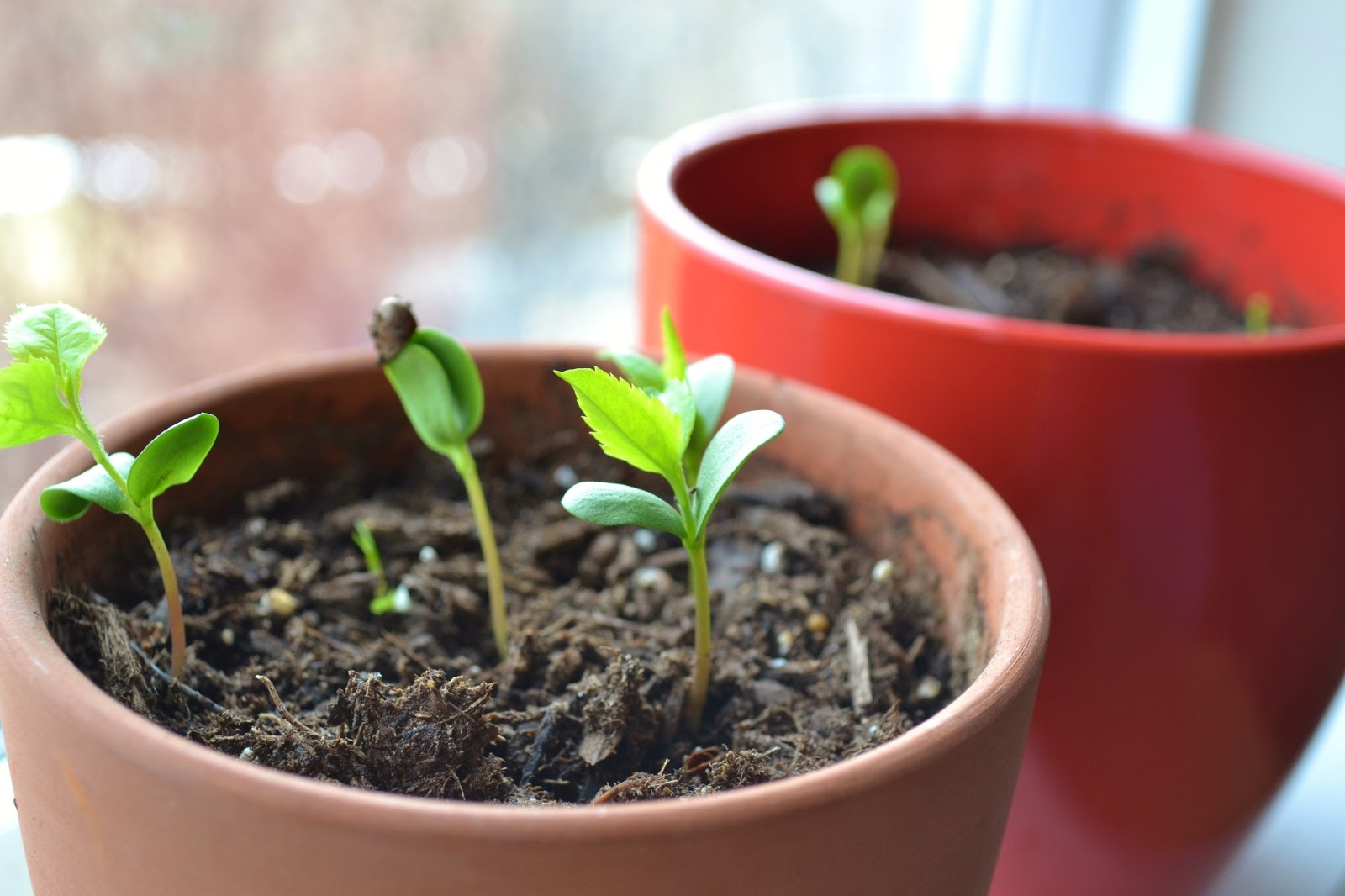
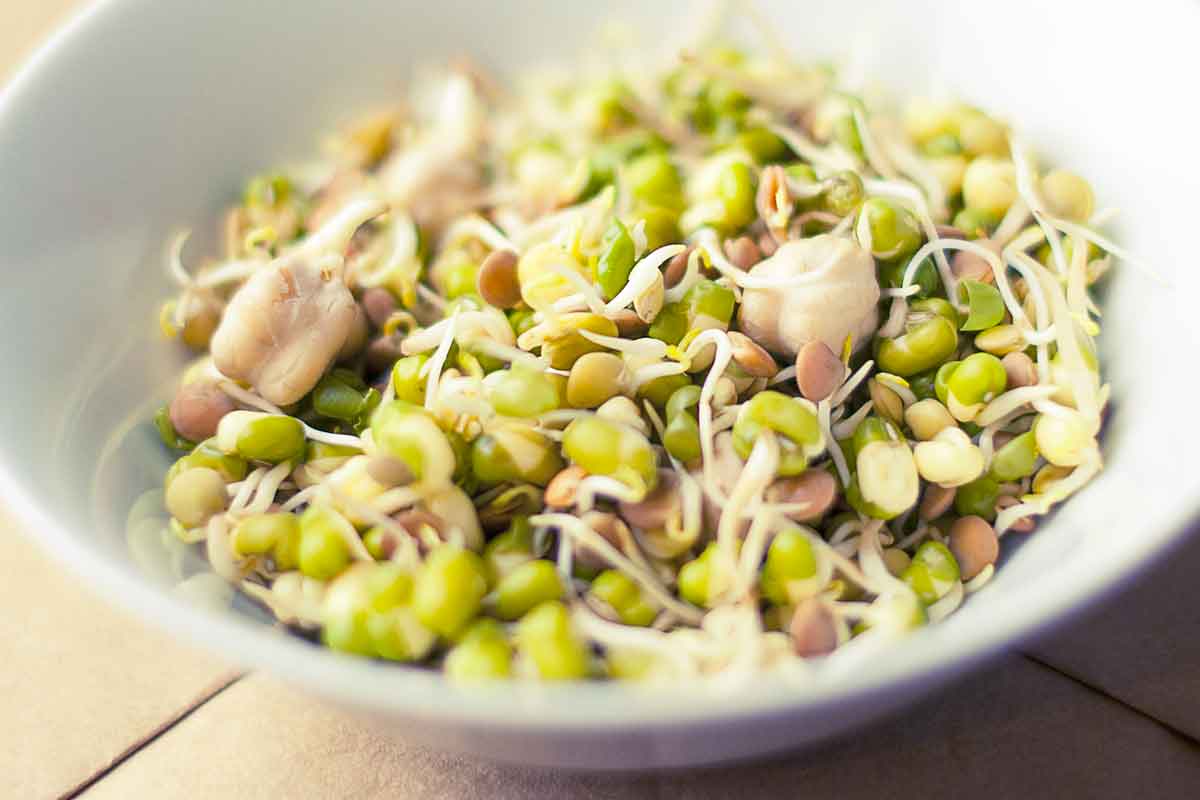
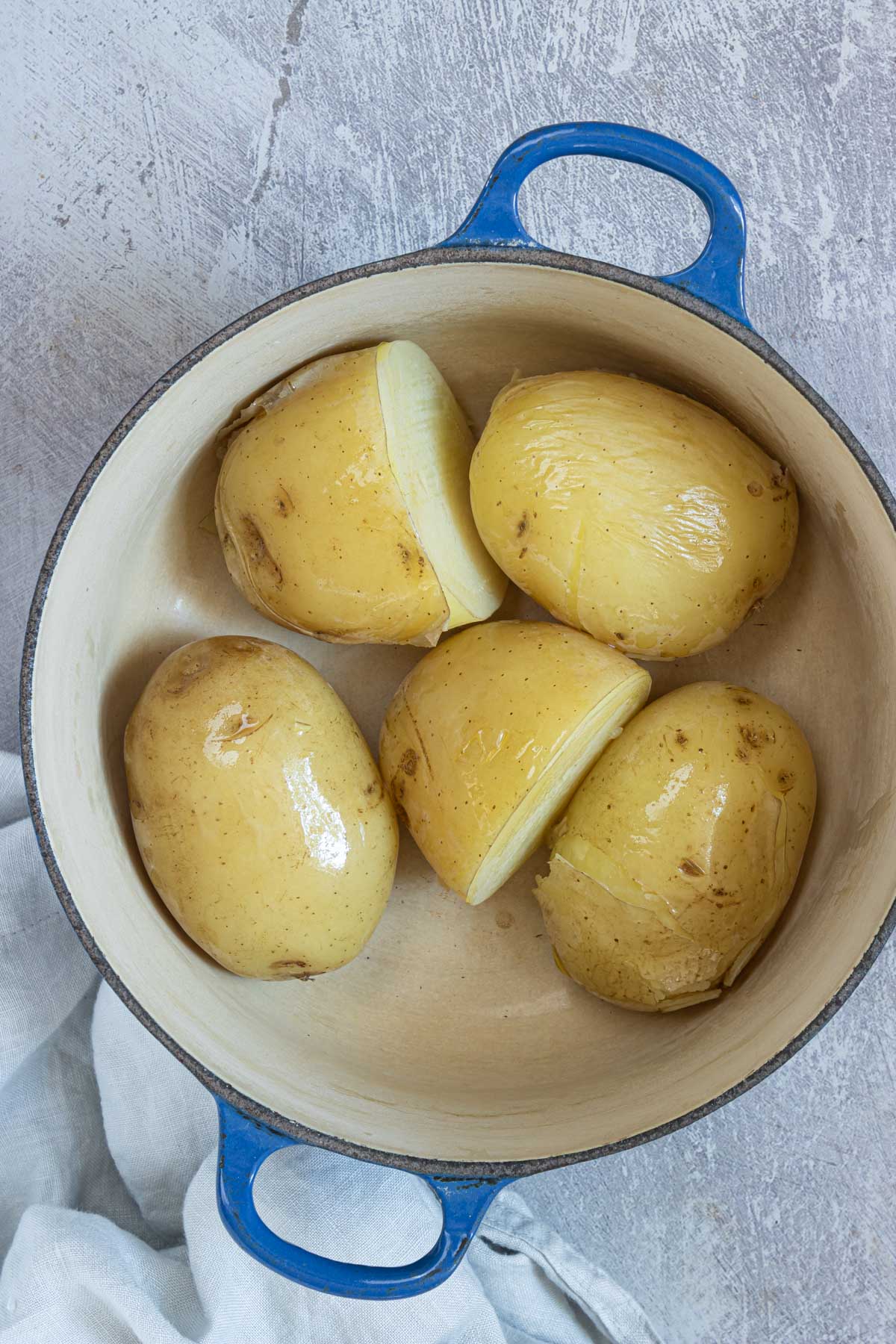
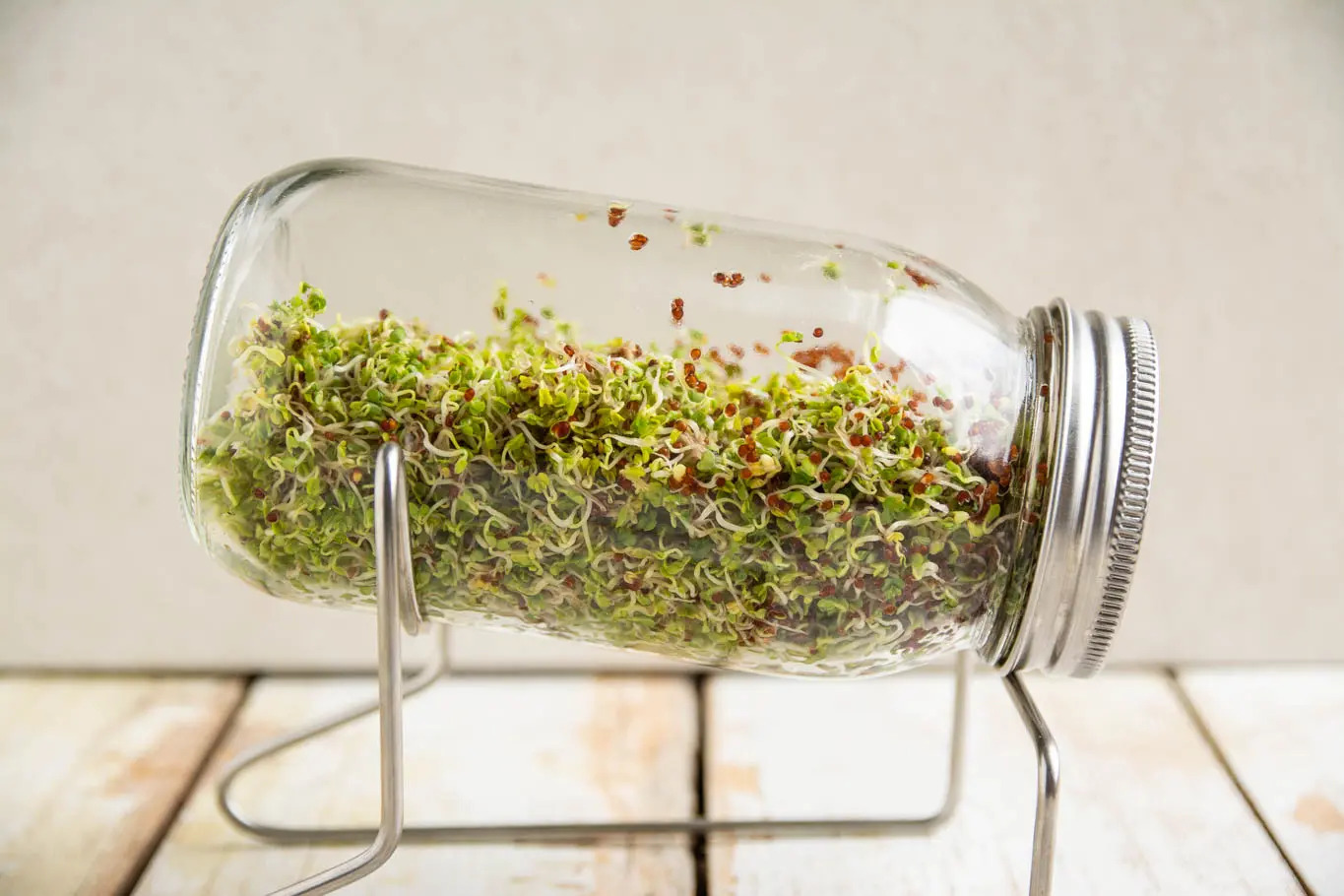
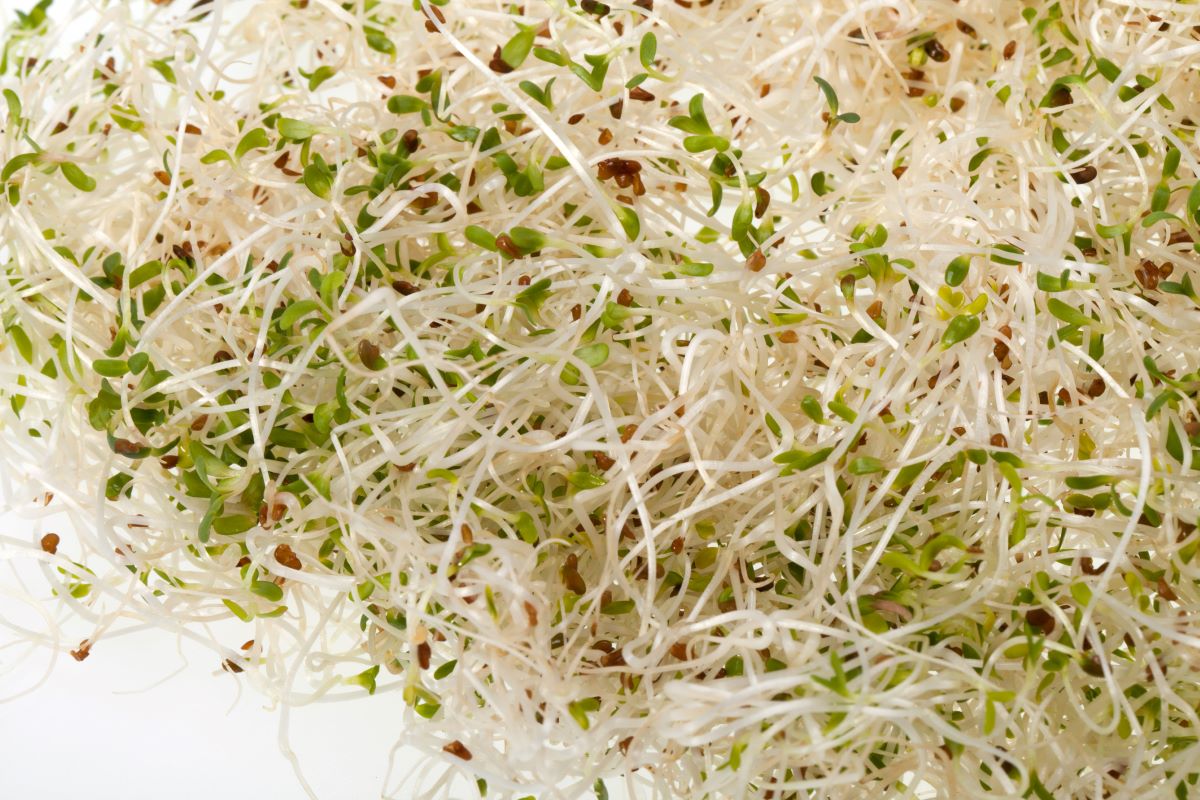
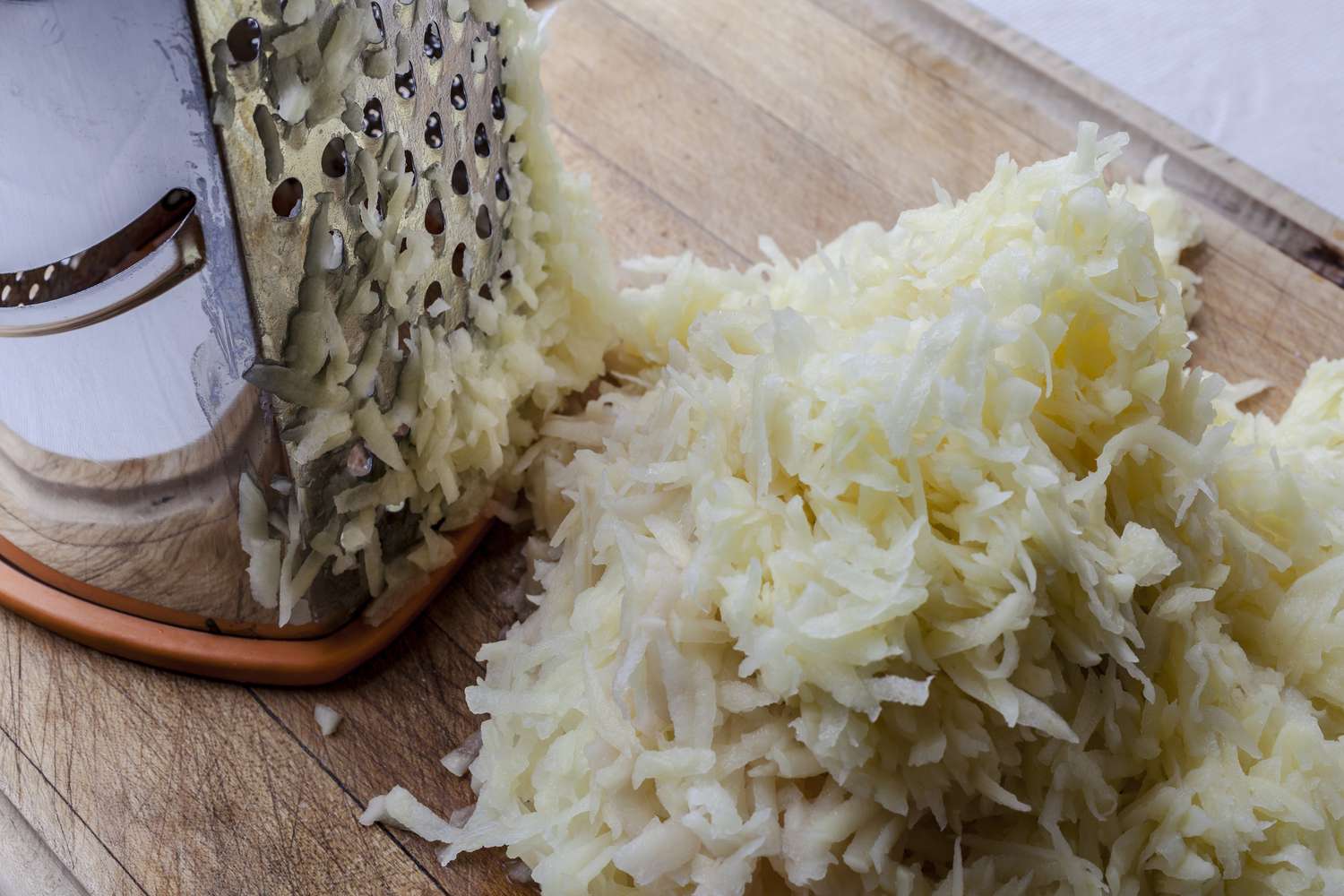

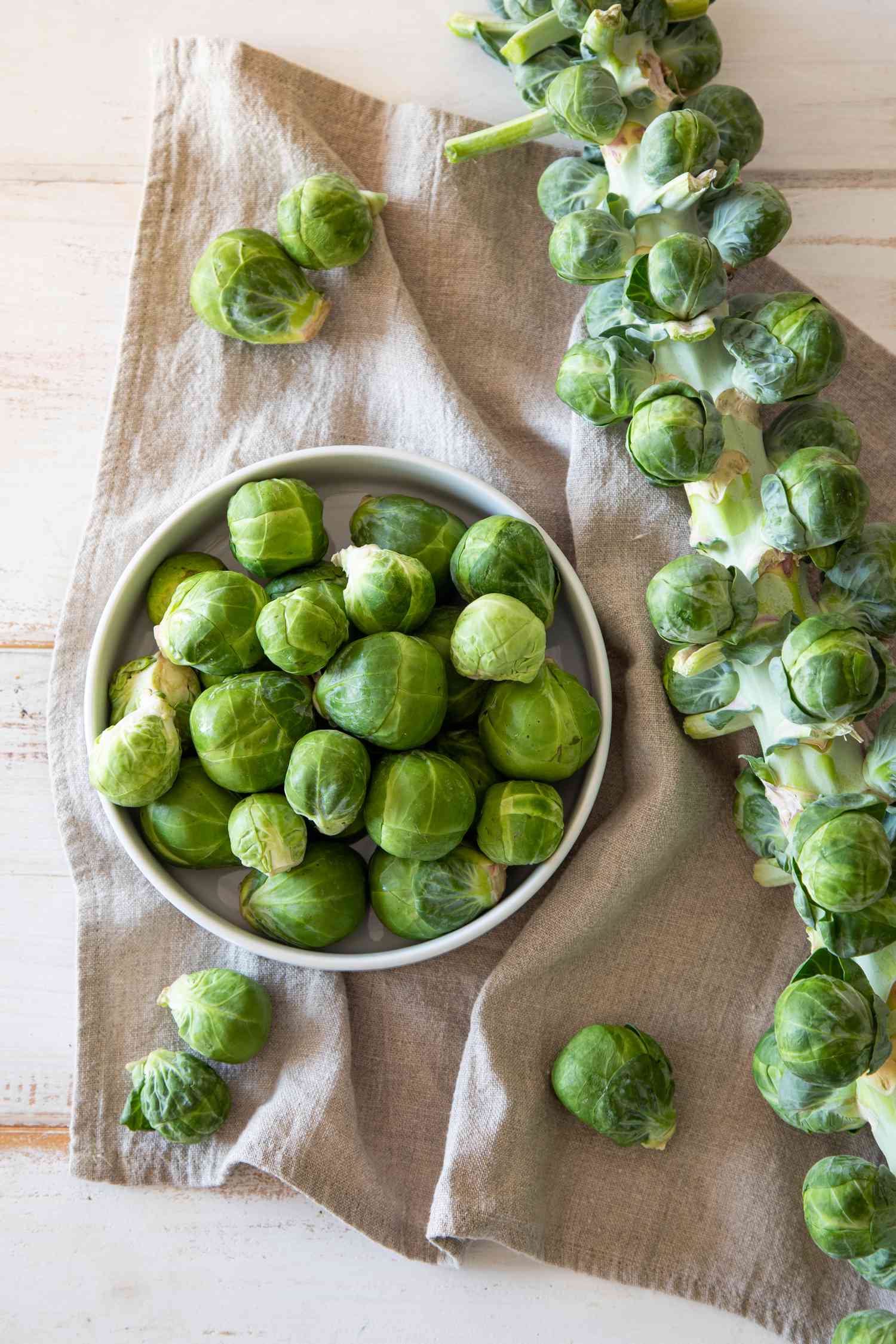


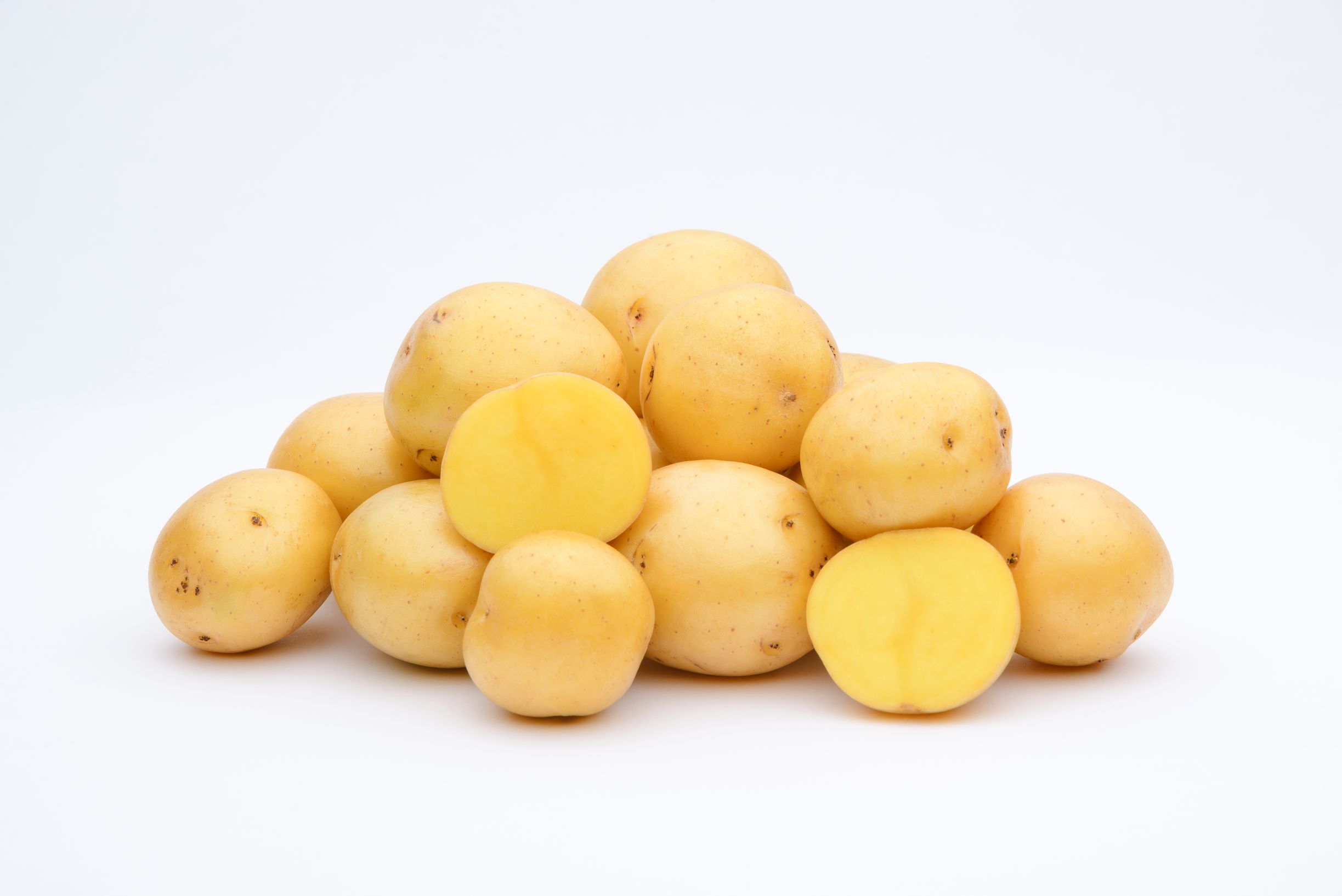

0 thoughts on “How To Store Sprouted Potatoes For Planting”